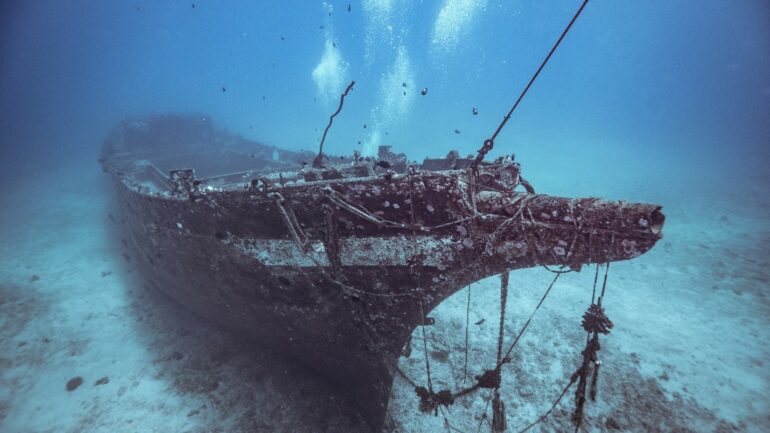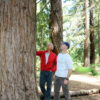Historic wooden shipwrecks alter seafloor microbial communities, reports a recent study. There are millions of shipwrecks in the world’s oceans, each providing a potentially new habitat for sea life. Microbes form the foundation of ecosystems and this is the first evidence of how human structures impact their distribution in the deep sea.
Wooden shipwrecks provide microbial habitats similar to naturally occurring geological seabed structures, reports a new study in Frontiers in Marine Science. Wood fall and other hard surfaces are often islands of deep-sea life, but little is known about the microbial diversity of human-made habitats also found on the seafloor. Microbes are at the base of ocean food chains, and this is among the first research to show the impact of human activities—like shipwrecks—on these environments.
“Microbial communities are important to be aware of and understand because they provide early and clear evidence of how human activities change life in the ocean,” said corresponding author Dr. Leila Hamdan of the University of Southern Mississippi.
“Ocean scientists have known that natural hard habitats, some of which have been present for hundreds to thousands of years shape the biodiversity of life on the seafloor. This work is the first to show that built habitats (places or things made or modified by humans) impact the films of microbes (biofilms) coating these surfaces as well. These biofilms are ultimately what enable hard habitats to transform into islands of biodiversity.”
Microscopic communities
UNESCO estimates that there are as many as three million shipwrecks around the world, most of which are made of wood. As an initial study of the microbial life around such sites, Hamdan and her collaborators chose two wooden sailing ships that sank in the Gulf of Mexico in the late 19th century.
To collect samples of biofilms, the team placed pieces of pine and oak at varied distances between zero and 200 meters from the shipwreck. After four months, they



